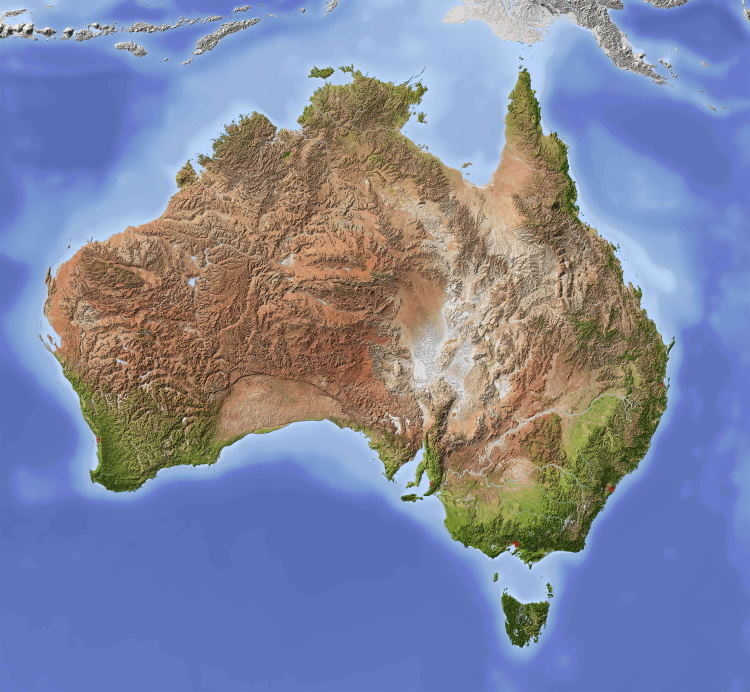

❯ systemd-analyze
Startup finished in 14.565s (firmware) + 5.778s (loader) + 2.920s (kernel) + 3.307s (initrd) + 3.972s (userspace) = 30.544s
graphical.target reached after 3.926s in userspace.
You’re letting me down firmware!
made you look


❯ systemd-analyze
Startup finished in 14.565s (firmware) + 5.778s (loader) + 2.920s (kernel) + 3.307s (initrd) + 3.972s (userspace) = 30.544s
graphical.target reached after 3.926s in userspace.
You’re letting me down firmware!
Yeah, the Python equivalent would be something like this.
try:
config = get_config()
catch:
sys.exit(1)
It’s possible to handle these things, but if you explicitly don’t then you’ll discover them at runtime.


I’m still annoyed that “OPAQUE” never seemed to catch on. Uses a username/password combo as normal, but never actually sends the password to the server, only a proof of knowledge. Even if the server is hacked and the DB leaked the attackers can’t actually recover anything resembling a password from it, since the server simply never possesses it.
Passkeys are superior (No password at all), if only the UX around them was better.


They’ve released at least one screenshot, but since they mostly use it for internal testing, and they very rarely ever release those builds, there’s not much to go on.
So builds they didn’t intend to release provide the best insight.
Now I’ve only ever used the English releases, but I know before Vista that this simply wasn’t a thing. Each language release was a separate build, handled separately by different teams. So there was never a mixing of languages or loading strings at runtime, they were hardcoded into the binaries that shipped on disk.


The actual term for it is “Pseudolocalization”, might throw up a hit


With the old radars I had to lookup my longitude and latitude for where we lived to find it on the fixed radar image, now it just centers the map on us on the forecast page.
That complaint really just come off as “change is bad” to me.
Edit: My one complaint is that they didn’t map the URLs of the old forecast pages to the new ones, so if you load a bookmark or history item you get a 404 page with suggestions, rather than a redirect.


Windows doesn’t even have basic package management like every Unix-like OS does so you don’t have to individually update applications and go find them on the Internet
Funny thing is that it does (winget), but it’s a terminal app. Windows users who look down on Linux users for “needing” to use a terminal don’t want to bring it up, so Linux users also aren’t aware of it and never point to it as a counter example.


It was Apple. Or rather, regulators and partnering companies leaning on Apple to manage the content on their app store better, including the content that you could find via those apps.
Could say something about how the app stores are a monopoly power, and the chilling effect these wide ranging and heavy handed content policies have, and why the open web (and web apps) are a better option. But we also handed the web over to Google anyway, so it’s not that much better.


We’re as close to quantum computers as we are to ChatGPT becoming sentient.


But it’s clear they aren’t actually about that, otherwise 2020 would have rolled along smoothly and they would have had the same “gods plan” mindset during the 2020 social protests.
Obviously that was Joe Biden interfering in gods plan, so they were just doing the right thing in trying to undo it.


The calculator leaked 32GB of RAM, because the system has 32GB of RAM. Memory leaks are uncontrollable and expand to take the space they’re given, if you had 16MB of RAM in the system then that’s all it’d be able to take before crashing.
Abstractions can be super powerful, but you need an understanding of why you’re using the abstraction vs. what it’s abstracting. It feels like a lot of them are being used simply to check off a list of buzzwords.


And here, they are donating for a project by DHH, because they like the project
Said project is an Arch installer with some extra packages thrown in by default, not exactly groundbreaking stuff.
better compression (btrfs compression doesn’t work on extents smaller than 128KiB, which excludes the majority of potentially-compressible data on MANY systems)
Well straight away that’s wrong.
I also don’t get the complaint that if you create a confusing subvolume layout, it results in a confusing subvolume layout. Don’t do that then.


There’s 2 ways to make money off sites like Imgur, charge for subscriptions with extra features, or boast about your user numbers and views and get bought by a company that wants to sell ad space.
Imgur did both.


it’s recently been found that relatively low levels of fluoride in the water have an adverse effect on IQ.
Yeah, but the levels where it starts being noticeable (1.5mg/L) are double the level that fluoride treatment targets (0.6-0.8mg/L). It’s something to be worried about if you’re drinking well water and it’s got a natural high fluoride content, not from anything added by the water treatment processes.


Ehh, bots have always presented nonsense UAs to servers. And since modern browsers hard-code the OS version in the UA string, pretending to be an old browser on an old OS could be a (probably ineffectual) way to bypass fingerprinting.


Anything that polls location data can record it and sell it, probably more apps that sell it than don’t.


Funny thing is, it was actually the device they connected that was faulty, the build of Windows they were using just didn’t handle that failure condition at the time.
MS at least learnt that lesson (for the most part), actually test things first.
That’d at least make sense, this is a (literal) black box. Seriously, my monitor takes long enough to wake that it’s at the boot loader screen by the time it’s ready.
I found a post on Reddit claiming it’s a RAM thing, and I should enable XMP to avoid it. But I’ve already got XMP enabled so I need to poke around it again.
And also disable the 5 second delay in the bootloader, not like I’m ever using that fallback option.